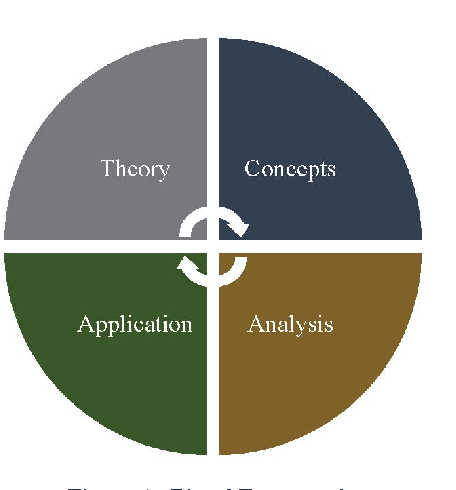An Overview of Hierarchical Task Network Planning
Paper and Code
Mar 28, 2014



Hierarchies are the most common structure used to understand the world better. In galaxies, for instance, multiple-star systems are organised in a hierarchical system. Then, governmental and company organisations are structured using a hierarchy, while the Internet, which is used on a daily basis, has a space of domain names arranged hierarchically. Since Artificial Intelligence (AI) planning portrays information about the world and reasons to solve some of world's problems, Hierarchical Task Network (HTN) planning has been introduced almost 40 years ago to represent and deal with hierarchies. Its requirement for rich domain knowledge to characterise the world enables HTN planning to be very useful, but also to perform well. However, the history of almost 40 years obfuscates the current understanding of HTN planning in terms of accomplishments, planning models, similarities and differences among hierarchical planners, and its current and objective image. On top of these issues, attention attracts the ability of hierarchical planning to truly cope with the requirements of applications from the real world. We propose a framework-based approach to remedy this situation. First, we provide a basis for defining different formal models of hierarchical planning, and define two models that comprise a large portion of HTN planners. Second, we provide a set of concepts that helps to interpret HTN planners from the aspect of their search space. Then, we analyse and compare the planners based on a variety of properties organised in five segments, namely domain authoring, expressiveness, competence, performance and applicability. Furthermore, we select Web service composition as a real-world and current application, and classify and compare the approaches that employ HTN planning to solve the problem of service composition. Finally, we conclude with our findings and present directions for future work.
 Add to Chrome
Add to Chrome Add to Firefox
Add to Firefox Add to Edge
Add to Edge